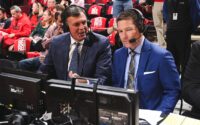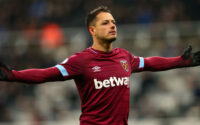Liverpool fc | PushBasic
A brief history of Liverpool FC
Liverpool’s chief rival, Everton, was formed in 1878 by John Holding, a local businessman and future mayor of Liverpool.
They began playing at Anfield Road, a field leased from a brewer named John Orrell. Once Everton was on its feet Holding began building soccer stands at Anfield. However, after controversy arose in 1892, the club split into two groups. One group decided to move to Goodison Park, while the remainder, led by Holding, founded a new soccer club, Liverpool, at Anfield Road. Holding appointed a friend of his, John McKenna, as head coach, who went straight to Scotland to recruit a team of players. After a year on the job, McKenna decided it was time to apply to join the Football League.
Already after their first season in the league, Liverpool had risen to the top division, but they were still in the shadow of their neighbors from Everton, and most locals refused to go to matches of a team whose players were all Scottish. The first season went poorly, and the club was relegated to the Second Division. McKenna vowed to return to the big leagues after twelve months, which happened thanks to his determination and perseverance, Liverpool again become champions of the Second Division and advance to the First. This time they finished the season in a reliable fifth place, above Everton.
Liverpool won their first league title in the 1900/01 season. Two years after that the Reds were relegated from the top flight, but returned there a year later and won the championship again that season. As a reward the club’s management decided to build a new stand for the fans, “Spion Kop”, which later became legendary. This name the stand got in honor of the hill, located in the South African province of Natal, where during the second Anglo-Boer War Merseyside regiment suffered heavy losses. In Afrikaans, “spion kop” means “a place giving a good view.” In 1928 the grandstand was enlarged to include a roof to protect the 30,000 fans from the weather.
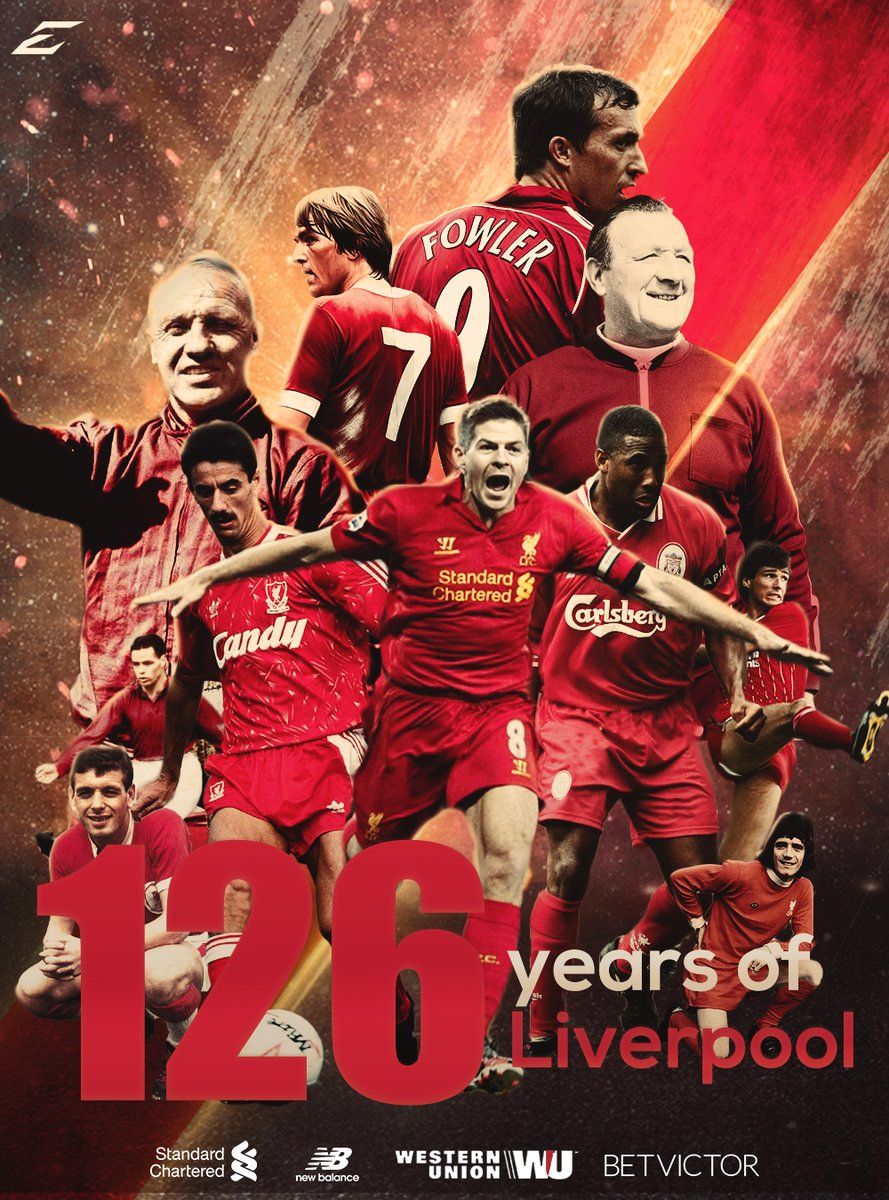
After the First World War Liverpool won two more league titles, but after the Second World War the playing form began to decline, although in 1950 the Reds still managed to reach the FA Cup final, where they lost to Arsenal. Season 1953/54 Liverpool ended in last place and relegated from the first division. After several unsuccessful years to the aid of the club came Bill Shankly. He was appointed head coach in 1959 and over the next fourteen years of his tenure he turned Liverpool into the greatest club in English soccer. In the first twelve months of his leadership twenty-four players left the team. In the 1963/64 season, Liverpool for the sixth time became the champion of the Premier League, and the following year the trophy collection was added to the collection of the FA Cup, thanks to the victory over Leeds in the final of the competition. But the winning streak did not end there, in the season 1965/66 “red” again won the league title.
The next trophy Liverpool got only seven years later, in the season 1972/73, this time UEFA Cup, and another year later the Reds again won the FA Cup. After that, Shankly suddenly decided to end his career and handed the authority to his right-hand man – Bob Paisley. Outstanding victories have not had to wait long, in the second year of the new coach, the season 1975/76, Liverpool won the championship and UEFA Cup. A year later the Reds were league champions again, won the European Cup, beating Borussia Mönchengladbach in the final, but in the FA Cup final they lost to Manchester United 2-1. In the 1977/78 season Liverpool became the first British club to confirm the title of European champion, beating Belgian club Brugge 1-0 in the final of the competition.
Then two years in a row, in the seasons 1978/79 and 1979/80, “Liverpool” became the champion of the country. 1981 was another bright page in the history of the club, for the third time in its history the Reds win the European Cup, defeating Real Madrid in the final of the tournament, and also win the League Cup. In 1981/82 and 1982/83 Liverpool won two more of the country’s major soccer trophies before Paisley decided to retire. During his nine years at the helm of the club he was awarded the title of “Coach of the Year” six times.
Joe Fagan took over as head coach, and in the first year under his leadership the club won the English Championship, League Cup and European Champions Cup, beating Roma in Italy. The next season was overshadowed by a terrible tragedy. During the European Cup final against Juventus, a riot broke out at Eisel Stadium. The stadium roof collapsed and took the lives of 38 fans of the Italian club. Eventually Juventus won the trophy and English clubs were banned from European competitions indefinitely.
In 1986 Kenny Dalglish was appointed playing coach. That same season Liverpool won the English league title and the FA Cup. In season 1987/88 the Reds again become champions of the country, but in the FA Cup final lose to Wimbledon. The 1988/89 season was the worst in Liverpool’s history. During the FA Cup semi-final match against Nottingham Forest at Hillsborough Stadium, 96 Liverpool fans were killed when the Lepping Lane stand overflowed. The Reds later advanced to the final, where they faced Everton. Before the match began, fans of both teams sang “You will never walk alone” and held a moment of silence in memory of those who died at Hillsborough. “Liverpool won 3-2 thanks to two goals from substitute Ian Rush. The Reds also had the league trophy in their hands, and Arsenal needed a two-goal advantage at Anfield to prevent that. Arsenal were 1-0 up by the end of the closing stages of the game but Michael Thomas’s goal, scored during extra time, buried Liverpool’s hopes of another trophy double. Kenny Dalglish resigned after the season, explaining this decision, which shocked many, by nervous overstrain.
Ronnie Moran was called up to temporarily replace Dalglish, before Graham Souness was appointed as head coach in April 1991. He brought many new players to the team, but his strict work style was not popular and did not help the team repeat the success of past years. From the Sunness era onward, the club has been haunted by many problems.
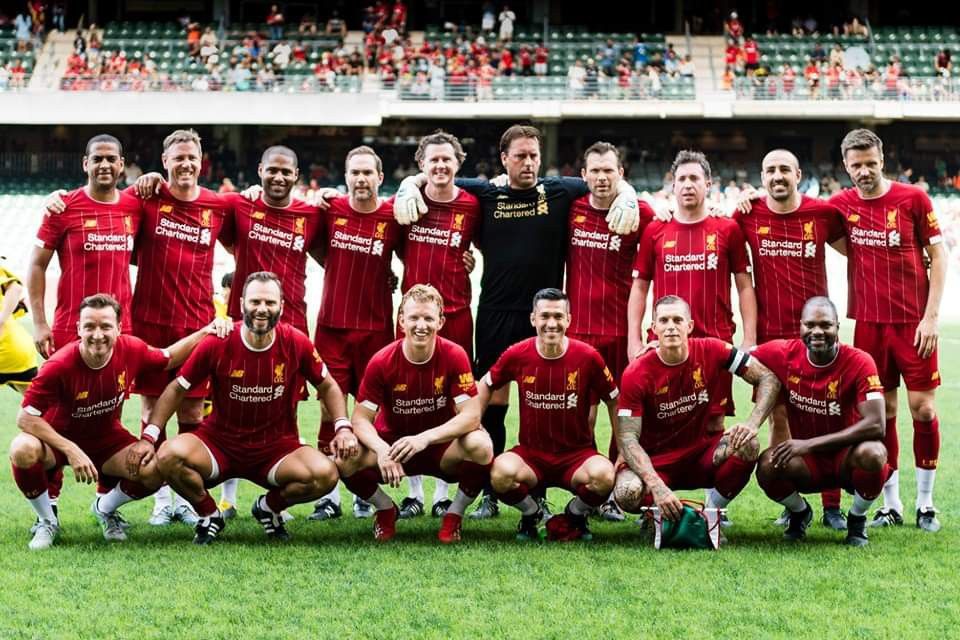
Roy Evans in his first full season at the helm of the club, in 1995, won the League Cup. Despite the fact that he managed to build an interesting team of young players, many of whom came from Liverpool’s youth team, he did not manage to win any major victories. Fans and management demanded high-profile success, and in 1998 the club was invited Gerard Houllier, who was to share the coaching chair with Roy Evans. The experience of working together proved unsuccessful and Evans left the club, thus ending a 35-year period of dedicated service to Liverpool.
Ullier began to develop the team’s squad, inviting relatively unknown players, and he was not at all intimidated by the critical reviews of the media. He managed to significantly improve the game of the team in defense, for which in 2001 he was rewarded with five trophies, and Liverpool did not suffer a single defeat in cup competitions that season and qualified for the Champions League.
The following year Liverpool were serious contenders to win the Premier League and at the same time performed well in the Champions League, reaching the quarterfinals of the competition, where he lost to Bayer Leverkusen, who eventually reached the final of the tournament.
Due to the health problems of Gerard Houllier, most of the next season the team was actually managed by Phil Thompson, but due to his Buttrum’s past he managed to successfully cope with this task. In the Premier League, Liverpool took second place, second only to Arsenal, and again received a ticket to the Champions League.
Season 2003/04 Liverpool finished in fourth place, thereby getting the opportunity to participate in the Champions League the following season. The club’s management decided it was time for a change. Rafael Benitez was appointed as the new head coach and Houllier agreed to leave the club.
Benitez did not waste time looking for new assistants for himself, and left in their positions Phil Thompson, Sammy Lee and Joe Corrigan. Suddenly Liverpool returned to an attacking style of play with lots of passing, much to the delight of fans and critics, and began to show hints of a promising future. At the end of the season Liverpool won the Champions League in one of the most exciting finals in the history of the tournament.
The club’s management, represented by American owners George Gillett and Tom Hicks, pressured Benitez for immediate success in the Premier League. The split came when the coach was denied funds to strengthen the squad.
In the summer of 2010, Benitez was replaced by Roy Hodgson, who in the short time he was at the helm of the club, failed to win the love of the fans. The club, meanwhile, tried to break all ties with the American owners.
In the end, thanks to the efforts of the club’s president, Martin Broughton, a new buyer appeared, and the deal to sell Liverpool took place, despite all the lawsuits, which tried to prevent its implementation. In October 2010 the club said goodbye to Hicks and Gillett and met a new owner, John Henry, whose company NEVS already had a successful experience with the Boston Red Sox baseball team.
Hodgson didn’t stay with the club long, after a terrible start to the 2010/11 season, he agreed to leave his post in January and his place was temporarily taken by Kenny Dalglish, whose name by that time was increasingly remembered by fans.
Dalglish quickly instilled confidence in the team, got rid of unnecessary players, including the controversial move of Fernando Torres to Chelsea, acquired Luis Suarez and Andy Carroll to build a new attacking line. It was as if the club was reborn and took off on wings. At the end of the season Dalglish signed a three-year contract with Liverpool.
The main goal of the club was to return to the Champions League, for his first full season at the club Dalgdish failed to achieve it, due to quite unstable performances of the team in the Premier League. As a result, the club finished in eighth place in the table, below its main rival, Everton.
Nevertheless, Liverpool performed well in cup competitions. In February 2012 the Reds won the League Cup, beating Cardiff in a penalty shoot-out, which earned them a ticket to the Europa League. And in May, Liverpool and Chelsea met in the FA Cup final, but luck was on the side of the London club.
Despite his success in the cup competitions, at the end of the season Dalglish was sacked and his place was taken by a young Northern Irish coach, Brendan Rodgers, who by then had won everyone over with his work with a rather modest Swansea City.
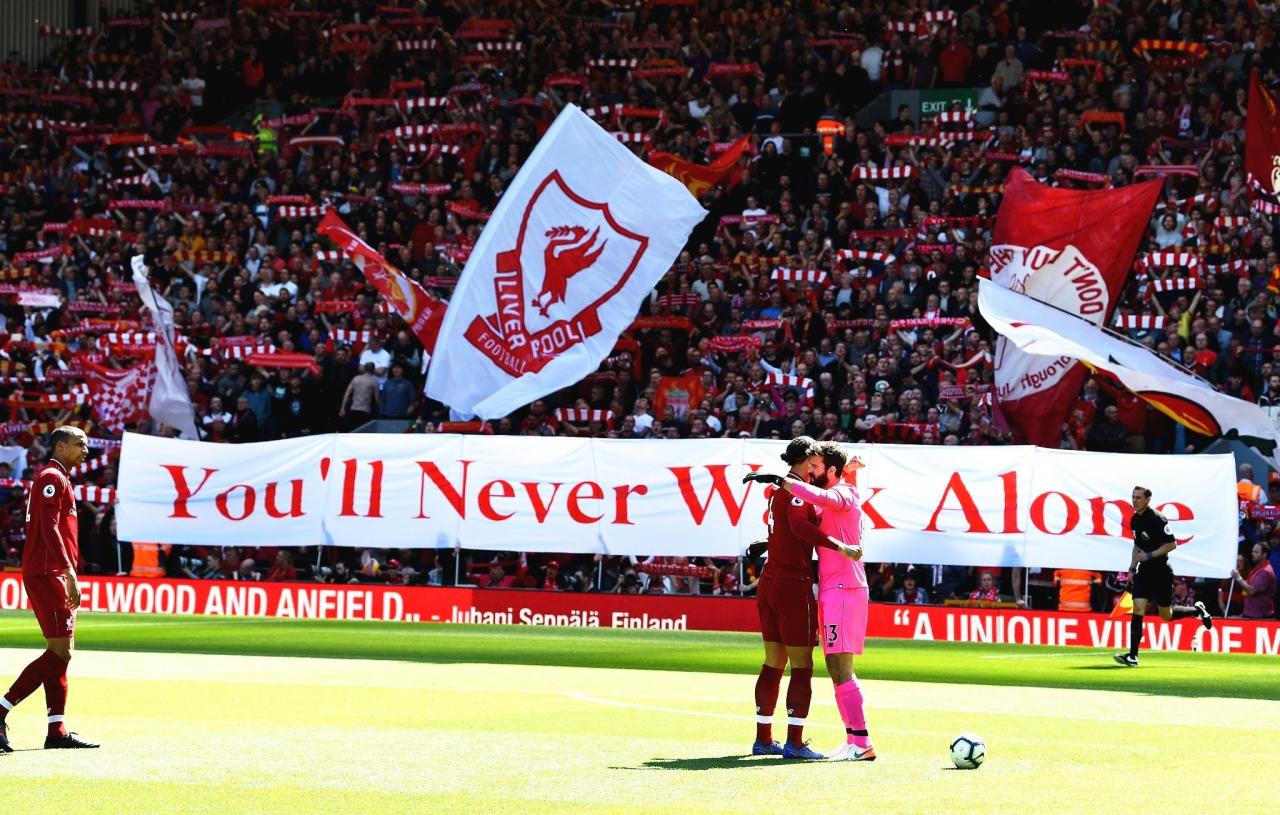
Rodgers came with a determination to establish a new philosophy at the club, to instill in the team a new style of play, without, as he claimed, losing touch with history. He took his assistants and midfielder Joe Allen with him from Swansea. However, due to the European Championship held at the time, the coach first saw his entire team in the training camp only at the beginning of the season. In the 2012/13 season Liverpool played very unstable and had their worst start to the season in the last one hundred years. Big wins were followed by unexpected defeats. During the winter transfer window Rodgers managed to strengthen the team with two acquisitions: English forward Daniel Sturridge and Blazilian Philippe Coutinho. As a result, the team finished the season in seventh place, again below Everton.
In the winter of 2013, the club’s veteran Jamie Carragher announced the end of his career at Anfield. On May 19, he played his last official match in the red shirt in Liverpool’s victorious match against Queens Park Rangers.

